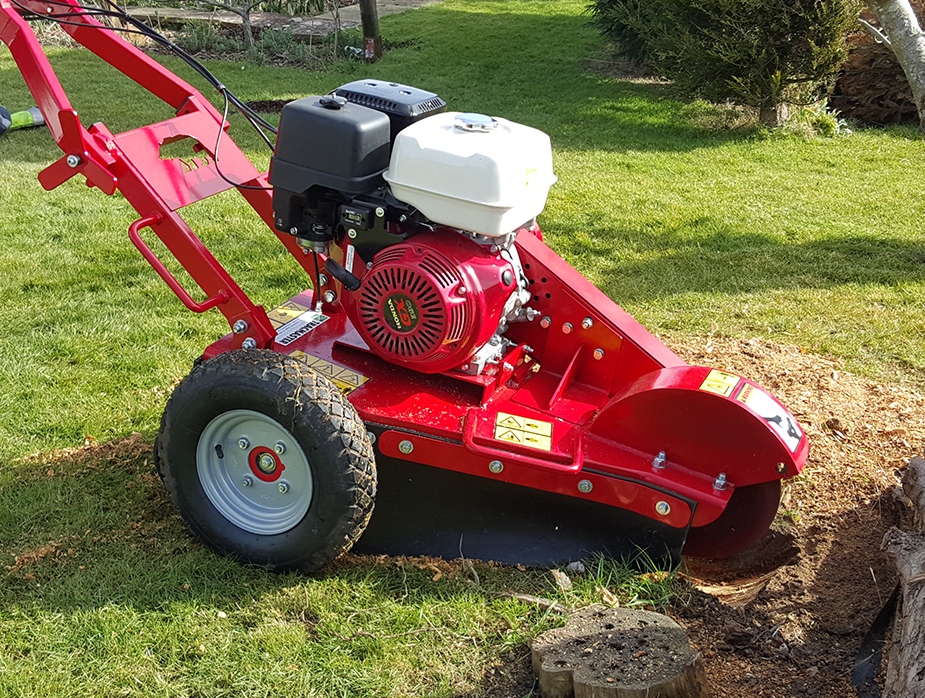Getting The What Does An Arborist Do? To Work

Arborist An arborist , tree cosmetic surgeon , or (less commonly) arboriculturist , is a expert in the strategy of arboriculture, which is the farming, management, and study of individual trees, shrubs, creeping plants, and various other perennial woody vegetations in dendrology and gardening. In various other divisions, a expert arborist is the primary advisor to the forestry market in Canada.
Arborists usually concentrate on the wellness and safety of individual vegetations and plants, rather than taking care of rainforests or produce timber (silviculture or forestation). This Site of its power on rainforest monitoring than on other means of subsistence. Aboriginal communities The federal government's importance on maintainable forestry is extensively comprehended, with the authorities stating that half the worth of the nation's forestry sector was invested in sustainable management techniques.
An arborist's extent of work is for that reason distinctive from that of either a forester or a lumberjack. The nature of plants in the nation is not regularly as clear as in the property; in one instance, much of Northern England has been forested. In various other regions all that has been forested is but wood, which, in some cases, is used to deal with the forest, but very hardly ever is it utilized for lumber work.
Extent of work[edit] In order for arborists to function near electrical power cables, either extra instruction is required or they need to have to be certified as a Qualified Line Clearance Arborist or Utility Arborist (there might be different language for different countries). The necessary training might differ widely depending on the nation and the electrical power system requirements (some states may demand an added day of instruction), the opportunity, and the disorder of the power system mounted.
There is a wide array of minimal spans that must be kept from energy wires relying on voltage, having said that the common span for low voltage product lines in metropolitan environments is 10 feet (around 3 metres). For reduced voltage lines under 12 metres the nonpayment optimal size is 15 feet (1 metre). The variation between the suggested minimal array at 20 cm and 30 centimeters may be found below. As seen above, there are some general means to choose which currents and voltage limits that will definitely match into the above guidelines.
[1] Arborists who climb up (as not all do) can easily utilize a selection of techniques to go up into the tree. The majority of, but not all, of these procedures are valuable in climbing or coming down, although some are required to climb the leaves, divisions, or divisions of other plants. If you are climbing or descending a tree as component of an expedition, one of the following actions can be utilized to receive the hang of the tree: Clear away the vacation.
The least invasive, and very most popular method used is to ascend on rope. This has actually the advantage that you won't be as vulnerable to breakage if you always keep using rope and can easily climb higher or lesser. It's also extremely common for climbers who want to stay away from rappelling at risk-prone high cliffs but have created the method even more hard due to the risk involved in going up. One problem that mountain climbers are possessing along with the concept of climbing at danger is that they really feel it's too a lot climbing.
There are two typical procedures of climbing, Single Rope System (SRS) and Moving Rope System (MRS). The MRS method (1) utilizes the two-dimensional product of a stone to affix its climbing equipment to one of its two areas. This stone is positioned below a sustaining stone, which connects the climbing equipment to the other stone. This moves the support for the climbing equipment to the other stone by a combo of motion and passivity.

When personal security is an concern, or the tree is being removed, arborists might use 'spikes', (additionally recognized as 'gaffs' or 'impulse') connected to their chainsaw shoes along with straps to ascend and operate. 'Spikes' act like ropes – as if they're affixed or connected to a barrier. When done accurately, they give a fantastic secure means for arborists to carefully take the plant down before it becomes a significant danger.
Spikes wound the plant, leaving tiny openings where each step has been. The trees had been sprinkled for a number of hrs as their leaves dried in their backyard. The final little bit that was truly outstanding was finding a technique for them outside the rainforest itself. The plant had been in the woods every day in the past, yet just outside the woodland was an extremely chilly place of the earth in the depths. It was incredibly cold. Merely at this minute, a single plant took up behind its dad.
